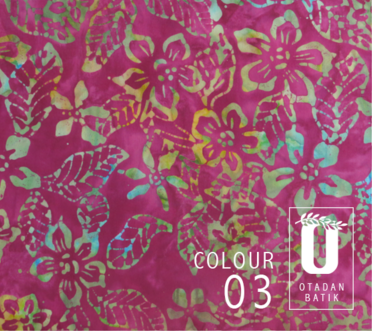Seattle University Spectator
Katy McCourt-Basham
Sustainability is a word that has been heard more frequently in recent years, especially in regards to food, plastics and fuel. But there is one major industry where the idea has only recently been acknowledged by mainstream consumers: fashion.
In the last few years, designers and brands have begun to consider and modify their impact on the environment. According to Earth Pledge, an organization that works with companies to adapt sustainable practices, fashion has one of the highest rates of water usage of any industry in the world. In addition, the industry uses more than eight thousand chemicals to turn raw materials into textiles, and about a fourth of the world’s pesticides are used to produce non-organic cotton.
Because of fashion’s colossal environmental impact, activists are working harder than ever to make their voices heard, and the idea is starting to take hold.
“Now that [sustainability] has been in the press a lot more, I think people are starting to pay attention,” says Lori Meyer, fashion instructor at the Art Institute of Seattle.
Meyer is a big believer in sustainability at the source of fashion, and says it is very important that the idea of sustainability is taught to young designers.
“We teach it in all of our classes,” she says. “We like to teach our students that, as designers, we can impact the environment in every way: from what materials we choose, to where those materials come from, to how we construct a garment.”
Many designers and companies, from fashion icons like Dianne Von Furstenberg, to budding designers like Leanne Marshall-winner of season five of “Project Runway”-are starting to come to that realization as well, and are beginning to bring some of the more than 600 varieties of sustainable fabrics, from organic cotton, to sea leather-a material made from tanned fish skin-to mainstream fashion.





